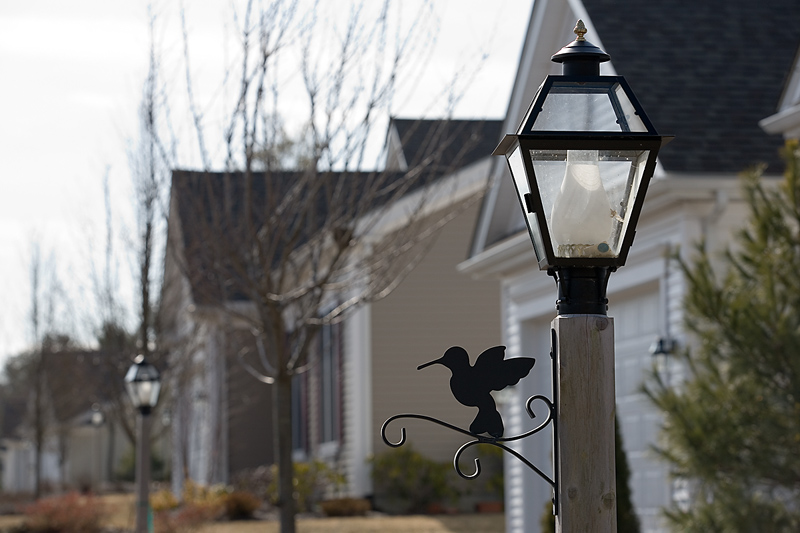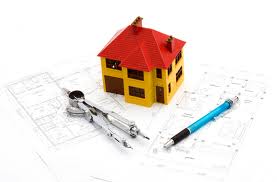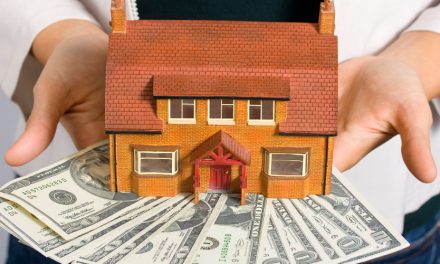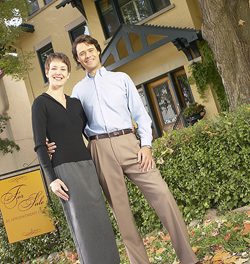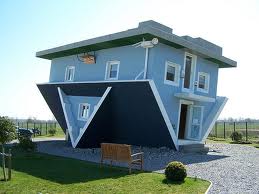Flipping Houses: The Different Purposes of House Renovations
 One of the most difficult aspects of flipping houses is making the renovations. Any improvement made to a house is intended to increase its value. However, failure to select which renovations to approve and which to skip can leave a would-be entrepreneur with more debt than profit. Before making any changes to a house, flippers need to know which renovations to perform and the value they add to the house.
One of the most difficult aspects of flipping houses is making the renovations. Any improvement made to a house is intended to increase its value. However, failure to select which renovations to approve and which to skip can leave a would-be entrepreneur with more debt than profit. Before making any changes to a house, flippers need to know which renovations to perform and the value they add to the house.
Standard Renovations
Standard renovations are amenities that every homeowner would expect from a house. Examples of these are solid walls, non-leaking roofs and floors that don’t creak. It’s also best to pay attention to pest control, plumbing and lighting. Flippers need to make sure that all these basic amenities are available before even thinking of flipping houses for profit down the road.
Renovators should also note that the term “standard” can be relative. For example, if all of the homes in the neighborhood have swimming pools, the flipper should also add a swimming pool to his house. That’s because the pool is considered a standard for that particular neighborhood. Renovators cannot charge extra for the amenities they install. However, doing so allows the renovator to sell the house at the same value as those in the neighborhood.
Curb Appeal
Curb Appeal is a term used by those in the business of flipping houses to describe the outside appearance of a house. Basically, if a flipper wants to attract a customer, he has to make a good first impression. To do this, renovators often apply new coats of paint to the house or keep the lawn well-managed. Some even apply a little landscaping to show the potentials of the front and backyard.
Closing Renovations
Closing renovations refer to amenities that can help close the sale. These features make a house unique and therefore more desirable. Most renovators would recommend kitchen remodels for this purpose. This means adding in new cabinets, countertops, appliances and more. Bathroom remodels are also great closing renovations when flipping houses. Renovating these two rooms provide you with the most return on your money spent vs. adding a wood deck, for example.
Personal Touches
Personal touches refer to amenities that cater to the specific needs of the customer. For example, if a customer is a basketball coach, he would be more inclined to purchase a house that has a half-court in the backyard. These touches are not necessary, but they help attract more high-paying customers.
There are also instances when flippers live in houses before they sell them. This prompts them to add personal touches to make the house feel more like home. However, not all buyers may appreciate those add-ons. That’s why personal touches can be major risk when flipping houses.
Going Green
When flipping houses, a great way to add value to a home is to install green renovations. For example, solar panels and other alternative sources of energy help increase a home’s value because they can be marketed as excellent money savers.
Still, a considerable amount of money is needed to invest in green technologies for a home. Renovators need to make sure that there are potential buyers within the local area before going green.
Flipping houses is a difficult niche to enter, especially for novices who have no background in real estate or renovations. Novices should study their finances carefully before undertaking any renovating projects.

Related Articles to Flipping Houses
How To Get Started Flipping Houses

